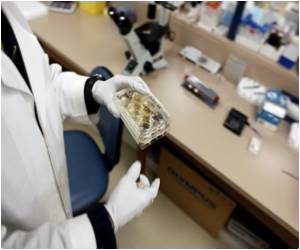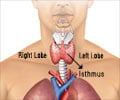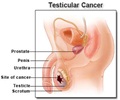
The key players are two proteins that form the spherical envelope surrounding the genetic material of the measles virus. One is an attachment protein that binds to receptor molecules on the outer membrane of a host cell, and the other is a fusion protein that merges the viral envelope with the cell membrane, enabling the virus to infect the cell. The study demonstrated that the intrinsic flexibility of the attachment protein is a necessary condition to initiate the cell fusion process.
"The overall goal of our Mayo Clinic collaborator, Roberto Cattaneo, is to redirect the measles virus to attack specific cancer cells, and to accomplish that he and his group need to know as much as they can about the mechanisms of measles infection," said UTMB professor Werner Braun, an author of the study.
"We have a long-standing collaboration with his group, using our theoretical predictions and computational methods to help them better target their experimental work."
UTMB Health research scientist Numan Oezguen used computer-based molecular modeling to predict interaction sites and suggested specific mutations that would alter the interaction and mobility of the attachment protein heads.
Results of these experiments performed by the Mayo Clinic team - led by Cattaneo - showed that cell entry of the measles virus depends on a twisting motion of the attachment protein's heads.
Advertisement
"What Dr. Cattaneo's experiments showed was that the motion of these two parts of the attachment protein has a dramatic effect on infectivity," Braun said.
Advertisement
The study has been published in the recent issue of Nature Structural Biology and Molecular Biology.
Source-ANI















